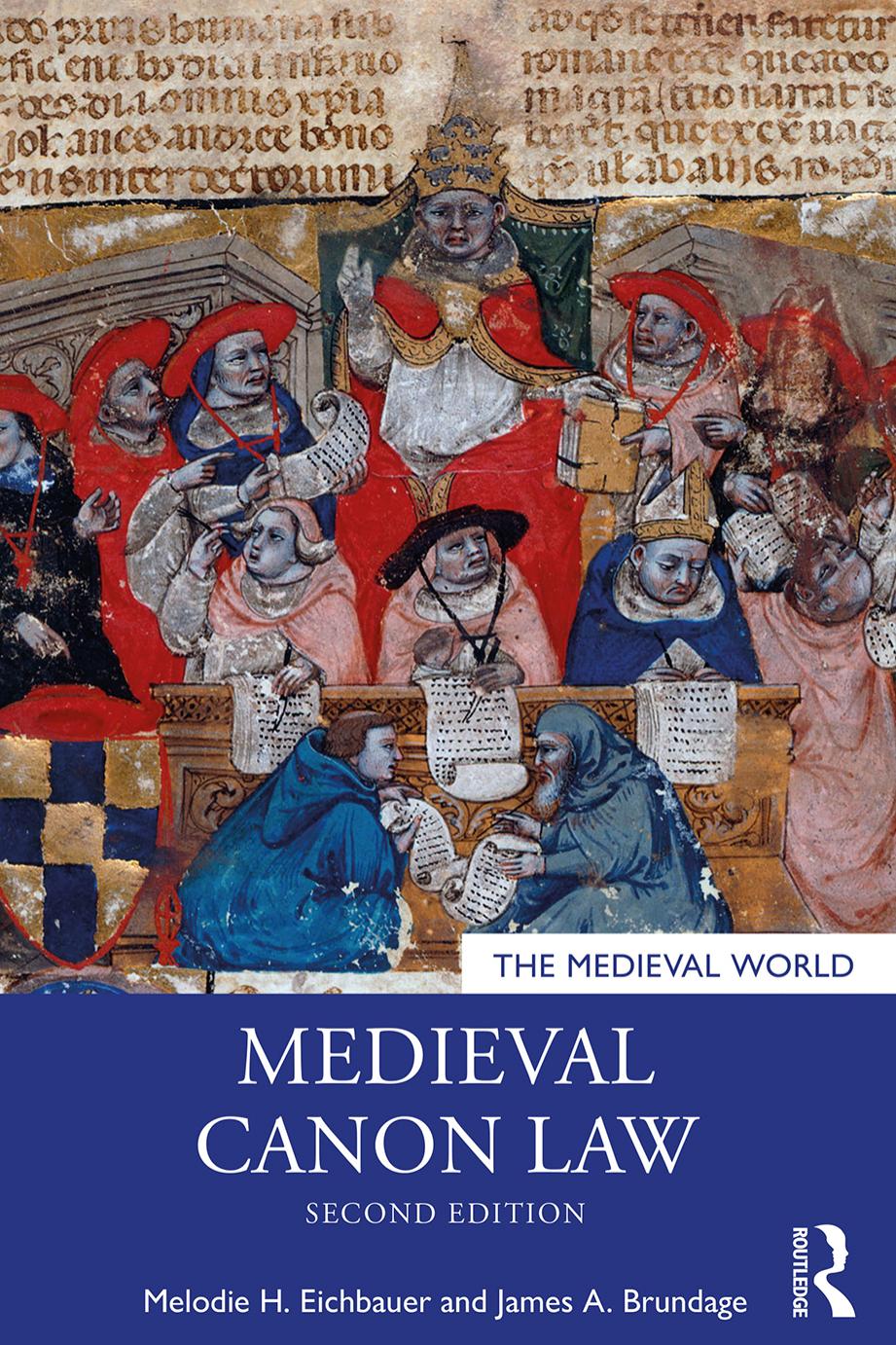

Most ebook files are in PDF format, so you can easily read them using various software such as Foxit Reader or directly on the Google Chrome browser.
Some ebook files are released by publishers in other formats such as .awz, .mobi, .epub, .fb2, etc. You may need to install specific software to read these formats on mobile/PC, such as Calibre.
Please read the tutorial at this link: https://ebookbell.com/faq
We offer FREE conversion to the popular formats you request; however, this may take some time. Therefore, right after payment, please email us, and we will try to provide the service as quickly as possible.
For some exceptional file formats or broken links (if any), please refrain from opening any disputes. Instead, email us first, and we will try to assist within a maximum of 6 hours.
EbookBell Team

0.0
0 reviewsIt is impossible to understand how the medieval church functioned, and in turn influenced and controlled the lay world within its care, without understanding `canon law'. This book examines its development from its beginnings to the end of the Middle Ages, updating its findings in light of recent scholarly trends and a deeper look at the sources of law. This second edition has been fully revised and updated by Melodie H. Eichbauer to include additional material on the early middle ages, the significance of the discovery of earlier versions of Gratian's Decretum and the new research into law emanating from secular authorities, councils, episcopal acta, and juridical commentary to rethink our understanding of papal policy. Separate chapters examine canon law in intellectual spaces; the canonical courts and their procedures; and, using the case studies of deviation from orthodoxy and marriage, canon law in the lives of people. The main body of the book concludes with the influence of canon law in western society but has been reworked by integrating sections cut from the first edition chapters on canon law in private and public life to highlight the importance of this field of research. Throughout the work and found in the bibliography are references to current literature and resources in order to make researching in the field more accessible. The first appendix provides examples of how canonical texts are cited while the second offers biographical notes on canonists featured in the work. The end result is a second edition that is significantly rewritten and updated but that retains the spirit of Brundage's original text. Covering all aspects of medieval canon law and its influence on medieval politics, society and culture, this book provides students of medieval history with an accessible overview of this foundational aspect of medieval history.